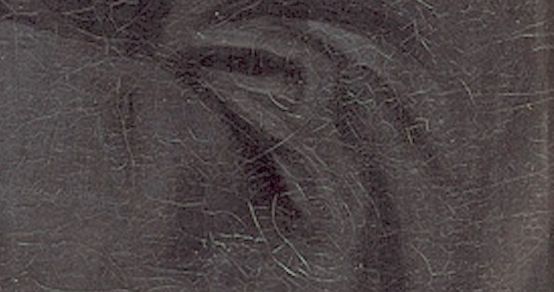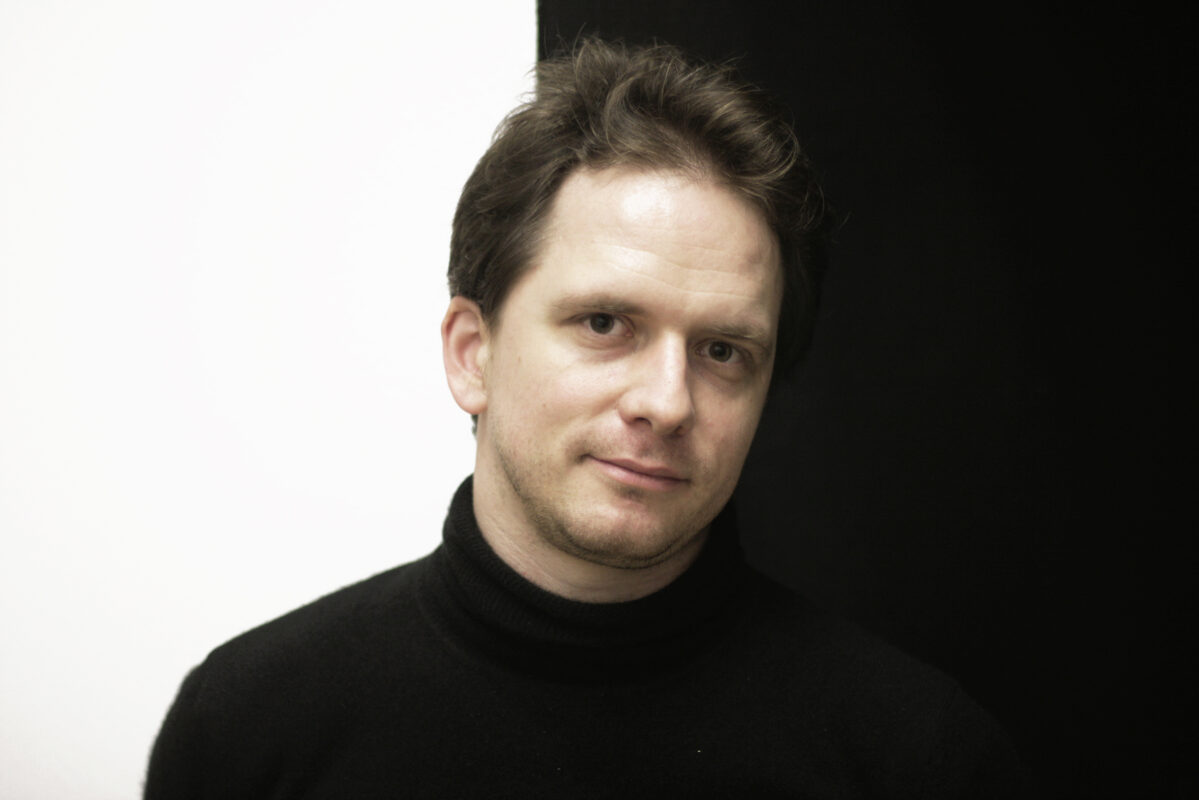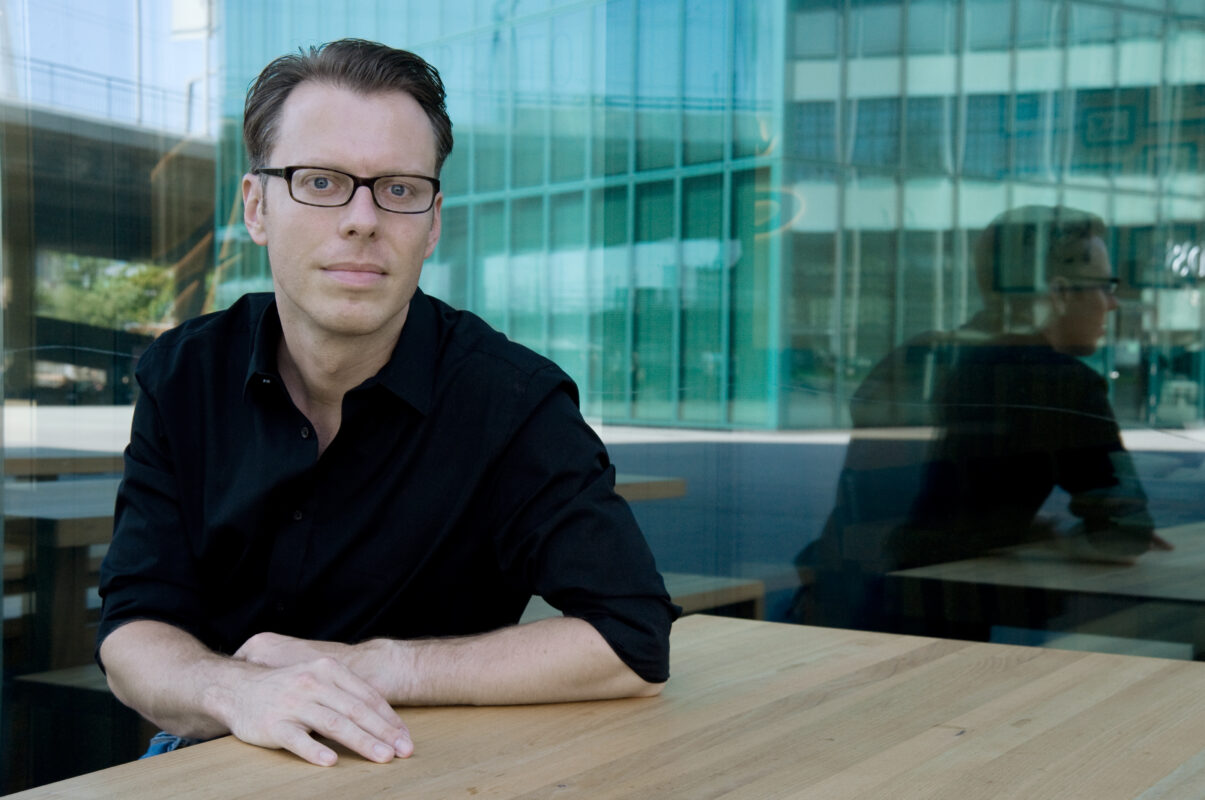Symphony no. 8
Every Friday, Beethoven is here. To mark the 250th anniversary of Beethoven's birth, each week the Swiss Music Review takes a look at a different work from his catalog. Today, it's the Symphony no. 8 in F major.

After Beethoven had completed work on no less than three symphonies between 1806 and 1808, there was another flowering of symphonic works and projects in 1812. Whether and how this was linked to Napoleon's Russian campaign, which kept the whole of political Europe on its toes, cannot be determined with certainty. Nevertheless, it is worth noting that - as in the case of Symphonies no. 5 and no. 6, composed almost simultaneously - sharply contrasting aesthetic and musical ideas are in close proximity to one another. At the end of May, Beethoven even notes in a letter to Breitkopf & Härtel that he has "written three new symphonies, one of which is already finished". He is referring to Symphony no. 7 in A major, op. 92, Symphony no. 8 in F major, op. 93, and probably also to the very first sketches of Symphony no. 9 in D minor, op. 125, which will be published later.
The 8th Symphony was given its public premiere on February 27, 1814 in the great hall of the Redoutes, just three months after the spectacular premiere of the 7th Symphony, which had delighted "connoisseurs and non-connoisseurs alike" and had been triumphantly received. But its little sister, the Eighth - completely unexpected by the enthusiastic audience - "didn't take the world by storm", as theAllgemeine musikalische Zeitung. Beethoven defiantly commented: "Precisely because it's so much better". Carl Czerny passed it on. Nevertheless, even decades later, Eduard Hanslick (Vienna's musical memory and conscience, as it were) reported that up until around 1850, the Pastorale (the 6th) was generally thought of when talking about the Symphony in F major - as if Beethoven hadn't written another in that key.
Evidently, the 8th Symphony had been misunderstood as a (too) light counterpart to the 7th, where the metronomic second movement and the Tempo di Menuetto The opening movement and finale were strangely less humorous. In all the movements of this symphony, however, Beethoven is not so much concerned with humor as with playing with the listener's expectations, who is repeatedly led astray or surprised in very witty ways: with sudden dynamic explosions, changes of accent or irregularities in the arrangement of passages. What's more, the symphony doesn't begin with a slow introduction. From the very first note, Beethoven rushes into a Allegro vivace e con brioin an unusual 3/4 measure for a first movement.
P.S.: The canon dedicated to Mälzel and her metronome (WoO 162), which refers thematically to theAllegretto scherzandois a forgery propagated by Anton Schindler.
Aufnahme auf idagio
Keeping in touch
A weekly newsletter reveals the latest column on line. You can subscribe by entering your e-mail address below, or by subscribing to our RSS feed.








